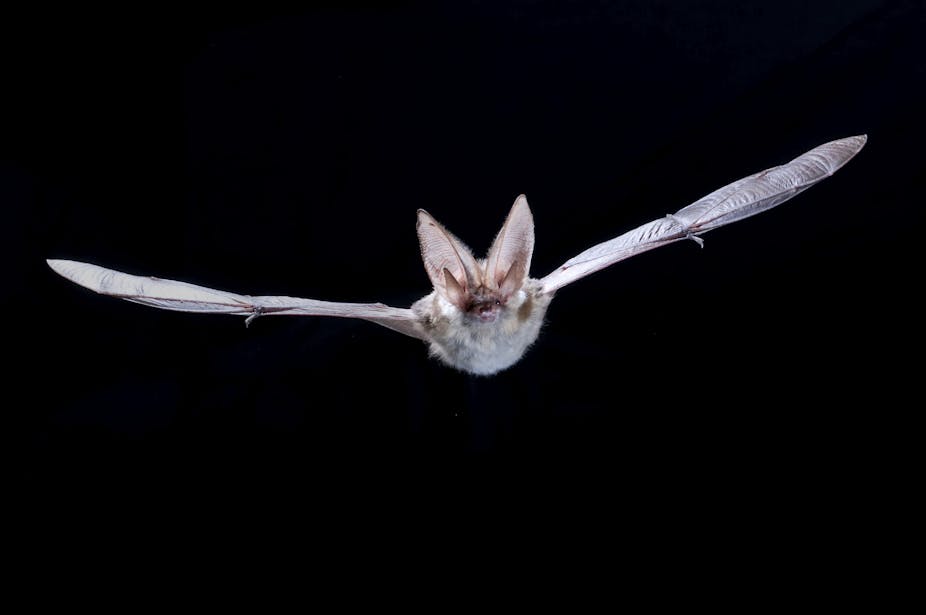Climate change is not something that will just go away. It is already affecting global biodiversity, food security and human migration, and the situation is not expected to improve soon. Rising temperatures and regular extreme events will produce new selection pressures.
These will force many species to move to find more suitable conditions, or adapt. Their ability to respond to these pressures will depend on the rate and extent of change, their ability to adapt to new conditions or their ability to move away. Understanding how biodiversity responds to climate change requires an interdisciplinary perspective, combining ecological, molecular and environmental approaches.
As part of our work to establish a new way of studying biodiversity, we developed an integrated framework to help guide conservation efforts by identifying wildlife populations under threat from climate change. We assign levels of risk to populations based on their exposure to changing climate conditions, their sensitivity due to genetic variation and their ability to alter their range (range shift potential).

We show how our approach can be applied in a bat species, the grey long-eared bat, Plecotus austriacus. This bat is one of the rarest mammals in the UK, with a population estimated at less than 1,000 individuals. This bat has also been in decline across Europe. Our previous work showed that its geographic distribution is limited by climate, and current patterns of genetic variation were shaped by changes to the climate. We collected wing biopsy samples for genetic analysis from eight populations in the Iberian Peninsula and two populations in England – the southern and northern edges of their range.
Making models
We used ecological modelling and climate data to look at where changes are likely to be most extreme. And to identify climate-driven genetic adaptations we looked at genomic data. This allowed us to assess which populations are likely to be most sensitive to the effects of climate change. Finally, we use a combination of genetic and geographic data to predict the ability of populations to track suitable conditions in the future.
We show that while conditions in the UK could actually improve for the bat, populations in southern Europe that hold the key to the survival of the species as a whole could be devastated. We identified those likely to be most sensitive to future changes because they do not contain enough climate-adaptive variation.
We also looked at landscape connectivity to show populations that will become isolated in the future. As the suitability of the environmental changes, the movement of individuals will be affected. This will limit the ability of populations to move to more suitable areas, and limit the chances of spreading adaptive genetic variation into populations that are at risk.

We identified one population, along the eastern coast of Spain, as being high risk. It will be exposed to high changes in the suitability of the climate, has a low levels of climate-adaptive genetic variation and will experience limited landscape connectivity.
We identified two other populations in the central regions of Spain that are medium-high risk. Despite high exposure to changes and limited connectivity, they have a higher frequency of adaptive genetic variation. In contrast, populations along the Atlantic coast of the peninsula and in the UK are at lower risk from climate change, because they will experience less change in the suitability of the climate, and keep higher landscape connectivity.
Implications for Conservation
Assigning levels of threat to populations can help us to set conservation priorities. Conservation management can focus on rescuing high risk populations. This could be by moving of the population to more suitable areas, or moving individuals with the right adaptive variation into the population.
But such intense management is likely to be costly and irrelevant when considering the number of species likely to be in need of these measures. Alternatively, we could focus on reducing threats to medium and medium-high risk populations by increasing landscape connectivity, this would allow range shifts and the spread of adaptive genetic variation.
Long-lived, slow-reproducing species with smaller population sizes are unlikely to adapt to climate change fast enough by spreading new mutations. They will depend on the spread of adaptive genetic variation caused by the movement of individuals between groups. Therefore a better understanding of movement processes and landscape connectivity is needed for predicting population persistence under climate change.
The framework we developed can be widely applied to other population groups and ecological systems to help decide how to focus conservation efforts to help species survive.

